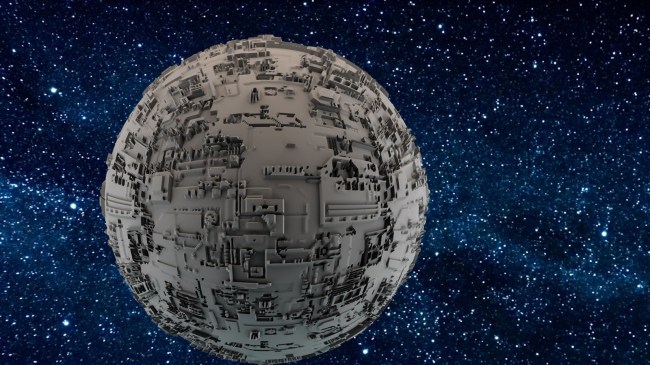iStockphoto
As part of a new multi-million dollar project, NASA says it is planning to put an artificial “star” into orbit during an upcoming space mission.
According to a recent press release, “George Mason University will be the home of the $19.5 million recently approved Landolt NASA Space Mission that will put an artificial ‘star’ in orbit around the Earth.”
They also state that the Landolt NASA Space Mission will be looking to “uncover the secrets of dark energy.”
“This mission marks another first for George Mason University, a milestone that proves our impact as a major public research university truly knows no bounds,” George Mason University President Gregory Washington said. “It’s an honor for George Mason to lead this unique team seeking to expand the boundaries of knowledge through College of Science associate professor Peter Plavchan’s collaboration with NASA, one of George Mason’s most prestigious research partners.”
George Mason states that this artificial “star” will “allow scientists to calibrate telescopes and more accurately measure the brightness of stars ranging from those nearby to the distant explosions of supernova in far-off galaxies” and won’t be an actual Death Star, which is certainly disappointing, but still pretty neat.
“This mission is focused on measuring fundamental properties that are used daily in astronomical observations,” said Eliad Peretz, NASA Goddard mission and instrument scientist and Landolt’s deputy principal investigator. “It might impact and change the way we measure or understand the properties of stars, surface temperatures, and the habitability of exoplanets.”
This artificial “star” will orbit Earth at a distance of 22,236 miles, so it will actually look like a star to people viewing it on a telescope here at home.
That distance will also allow the “star” to move at the same speed as the Earth’s rotation, which will keep it in the same spot in space over the United States during its first year in orbit.
With more accurate measurements, experts will use the improved data from the project to enhance understanding of stellar evolution, habitable zones or exoplanets in proximity to Earth, and refine dark energy parameters, setting a foundation for the next great leaps in scientific discovery.
“When we look at a star with a telescope, no one can tell you today the rate of photons or brightness coming from it with the desired level of accuracy,” said Peter Plavchan, director of George Mason’s observatories in Virginia. “We will now know exactly how many photons-per-second come out of this source to .25 percent accuracy.”

